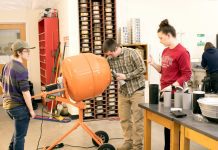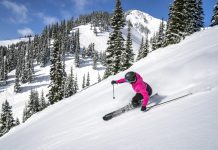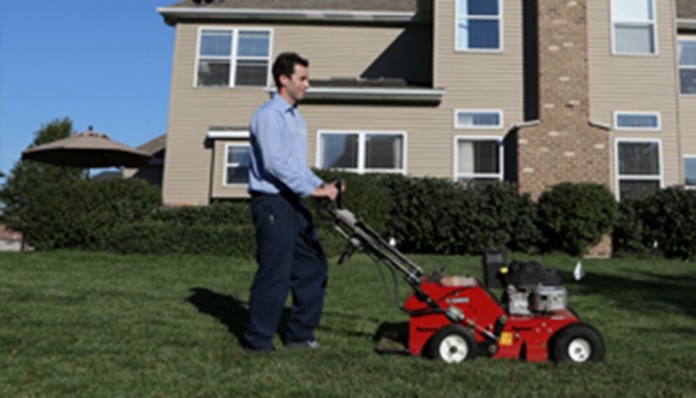Spring is in the air, which means it’s time to get outside and start planting. But your garden beds aren’t the only aspect of your yard that need love. If you want your lawn to look its best come summer, there’s no better time to start spoiling your sod than now.
Aside from the basics like mowing and watering, if there’s one thing you do all year to care for your lawn, Mike Bell, owner of Spring-Green Lawn Care, says, “Periodic core aeration is the single best thing you can do.”
Providing Pierce County-area residents with access to professional, experienced lawn care, Spring-Green Lawn Care offers a variety of services that can help jumpstart the health of your lawn — and core aeration is just one of these services.
Helping to relieve stress from your lawn by unplugging areas of thatch that can build up over time, core aeration allows your lawn to breathe, grow and look its finest.
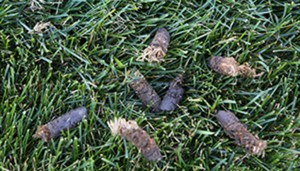
Comprised of a combination of roots, stems and other natural materials that accumulate on the soil’s surface, Bell says a little bit of thatch is actually beneficial to your lawn, as it acts as a cushion, protecting the lawn from extreme temperatures. However, if too much thatch is present, it can have the opposite effect, causing suffocation and even promoting insect infestation and disease. That’s where core aeration can help.
“Certain grasses are more prone to that development, including perennial rye and bent grasses, both of which are common in our area,” says Bell. Because these grasses are more susceptible to thatch build-up, Bell says core aeration is key to keeping your lawn healthy and green, especially if you have one of these lawn varieties growing in your yard.
Bell is a firm believer that core aeration is the best way to ensure a lawn’s health, but depending on the condition of the lawn, sometimes core aeration on its own is not enough. That’s where overseeding comes in — and it’s all the better if you can do the two together.
Overseeding, the process of adding new grass seed to your existing lawn, can help your lawn look healthy and full by helping fill in sparse, bare areas with new, green grass.
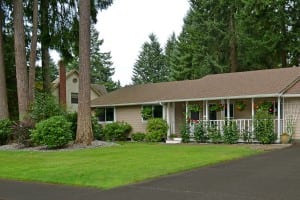
“Overseeding is not a bad practice to do annually to keep the turf filled in with healthy, new grass stock and to renew areas that have thinned out to due to drought, insects and disease,” Bell explains.
For best results, Mike recommends overseeding and core aerating your lawn at the same time.
“Overseeding is not contingent on doing a core aeration first,” he explains,” but the probability of success is greatly enhanced.”
By core aerating first, Mike says the seed will fall into the holes left behind from the core aeration, where they can germinate more easily. What’s more, the plugs left on the lawn’s surface, the result of the core aeration, will breakdown over time, acting as a top dressing for the new seed.
For a beautiful lawn year-round, Bell says the best approach is doing an annual core aeration with or without seeding. “Doing a core aeration every 12 to 18 months can prevent the need to do a mechanical thatching when the thatch layer becomes too thick to allow the continued healthy development of turf grass.”
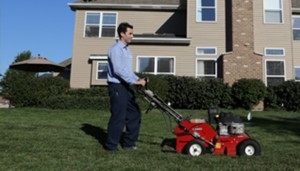
Whether core aerating for the first time or scheduling your annual treatment, your lawn will thank you for giving it that much-needed breath of fresh air. To schedule an appointment or to learn about the many other services Spring-Green Lawn Care provides Pierce County-area residents, visit Spring-Green Lawn Care’s website or call 360-438-2885 for more information.
Spring-Green Lawn Care
Mike Bell, Owner
360-438-2885 | www.spring-green.com
Sponsored








